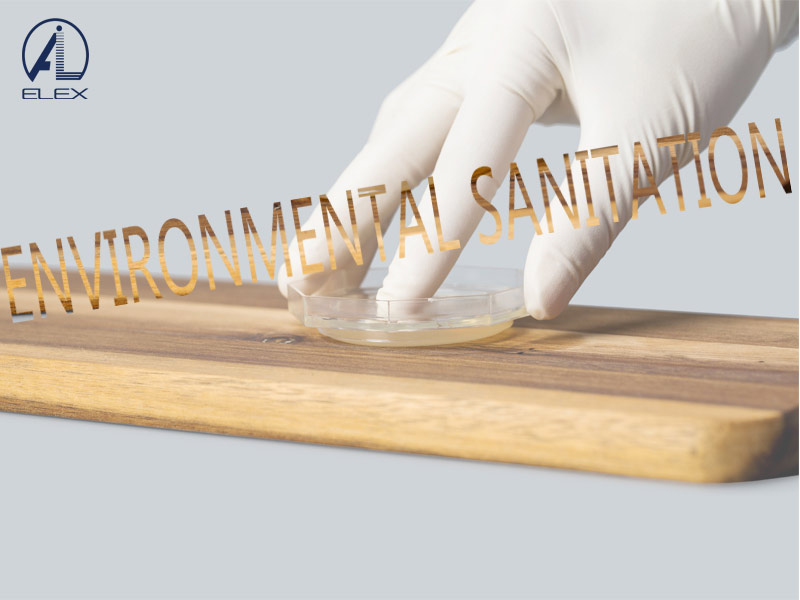The world of microbiology is mysterious and vast. Among it, agar based medium, as a classic and important experimental technique, has long been an essential tool for us to understand and study microorganisms. Today, let's learn about the principles, types, and widespread applications of agar based medium.
Agar based medium is a culture method that uses agar as a solid substrate, combined with other nutrients to support microorganism growth. Agar is a polysaccharide extracted from seaweed, which itself has no nutritional value but has excellent solidifying properties, providing a solid and transparent growth environment for microorganisms.
The main characteristic of agar is its ability to solidify below 45 degrees Celsius, making it stable at high temperatures without melting. This feature makes agar an important tool in microbial culture, able to maintain the solid-state of the medium for a long time, facilitating the observation and study of microbial growth.
Depending on different experimental needs, agar media can be categorized into many types, including:
General media: such as nutrient agar, widely used for the cultivation of general bacteria.
Selective media: by adding inhibitory ingredients, select specific types of microorganisms, such as MacConkey agar used for selecting Gram-negative bacteria.
Differential media: help distinguish characteristics of different microorganisms, such as blood agar, which can differentiate hemolytic bacteria.
Enrichment media: provide rich nutrients to support the growth of specific types of microorganisms.
Agar media have widespread applications in various fields, especially in medicine, food safety, environmental monitoring, and so on. Through agar media, we can:
Isolate and identify microorganisms: In medical experiments, agar media can help us quickly isolate pathogens and carry out further identification.
Preserve strains: In scientific research and industry, agar media are also commonly used to preserve and subculture microorganisms.
Experimental research: Through agar media, researchers can observe the growth of microorganisms in different environments, providing data support for basic and applied science research.
Agar based medium is one of the indispensable fundamental techniques in microbiological experiments. As a trusted culture media supplier, ELEX Biotech offers high-quality agar media solutions, supporting research and testing across various industries. By understanding agar and its media, we can master the methods of cultivating microorganisms and deeply explore the growth mechanisms and characteristics of microorganisms. In future research, agar media will continue to be an important tool for scientists exploring the world of microorganisms.
 A Tentative Study on the relevance of HACCP certification and infection control in hospital
A Tentative Study on the relevance of HACCP certification and infection control in hospital
 Environmental Sanitation Microbiology Testing
Environmental Sanitation Microbiology Testing
 Microbiology Test in Food Industry
Microbiology Test in Food Industry
 The Applicability of High-quality Ready-to-use Swab Sampler for Tableware Sampling and Public Places Supplies and Utensils Microorganisms
The Applicability of High-quality Ready-to-use Swab Sampler for Tableware Sampling and Public Places Supplies and Utensils Microorganisms
 Spike Experiment of DNP Culture Media Plate Based on Ice Cream
Spike Experiment of DNP Culture Media Plate Based on Ice Cream

